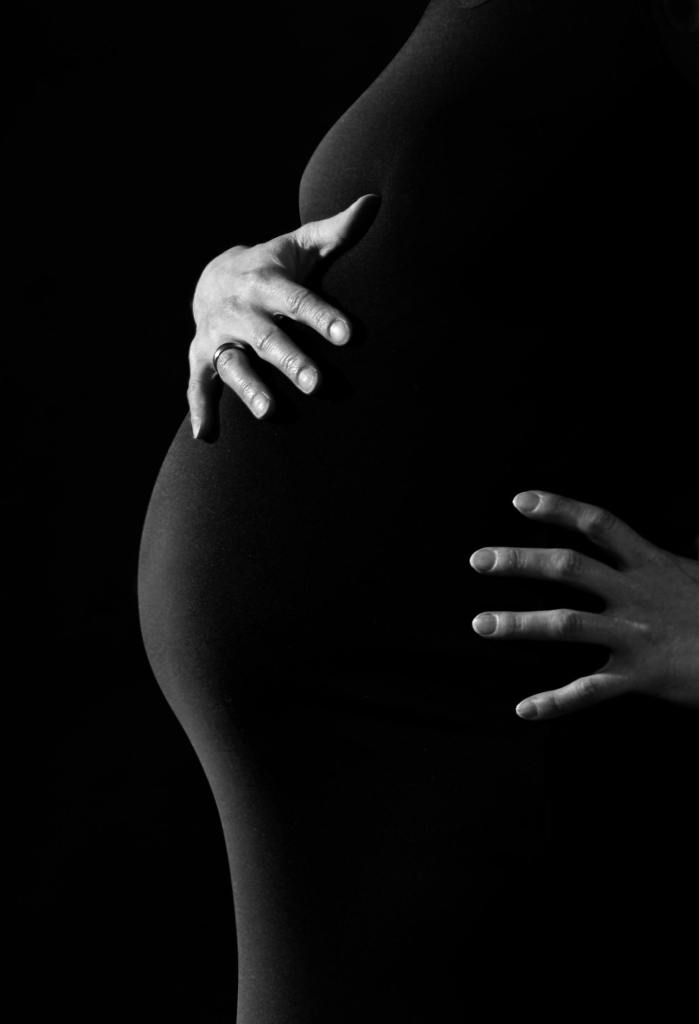
Obstetric hemorrhages are the most prevalent cause of maternal death. Losing a certain amount of blood after giving birth is expected, with 500 milliliters of blood loss typically accompanying vaginal birth and 1,000 milliliters common after c-section. Obstetric hemorrhages involve a much greater amount of lost blood, which can send the body into shock as blood pressure drops dramatically. If untreated, it may cause death. Affecting between one and five percent of women who give birth, the condition typically occurs within a day after delivery but can take place as far out as 12 weeks.
Among the causes of obstetric hemorrhages is antepartum bleeding, which involves placenta previa or placental abruption. The latter occurs when the placenta separates from the uterus’ inner wall before birth. Placental abruption not only cuts off nutrient and oxygen supply to the baby, often necessitating early delivery but results in heavy bleeding.
The placenta usually attaches to the top or side of the uterus’ inner wall. When placenta previa occurs, the placenta attaches lower down in the uterus, with a portion of the placental tissue covering the cervix. As a result, heavy bleeding may occur when giving birth or after delivery.
Obstetric hemorrhages often take the form of postpartum hemorrhage (PPH), and this commonly has to do with uterine contractions. Following birth, the uterus contracts, pushing the placenta, which supplies the baby with oxygen and food, out. The contractions place compressive pressure on the bleeding vessels, where the placenta is attached to the uterus. In cases where the contractions don’t have enough strength (uterine atony), the blood vessels bleed freely, and hemorrhage results. Alternatively, bleeding may continue if small pieces of placenta remain attached to the uterus.
Another risk factor for PPH is an overdistended uterus, an excessive uterus enlargement related to a large infant (above 8.8 pounds), or excessive amniotic fluid. Having more than one baby, such as twins or triplets, is also a risk factor. Overdistention of the uterus is an issue, and more than one placenta also increases bleeding risks. Preeclampsia or gestational hypertension, related to high blood pressure during pregnancy, can also cause excess bleeding. Infection, prolonged labor, and the use of drugs to induce labor are also PPH risk factors.
Less common conditions, such as blood clotting disorders and tears in uterine blood vessels or cervix or vaginal tissues, may also be involved. Placenta accreta, occurring once in every 2,500 births, involves the placenta being attached abnormally to the uterus inside and is most common when the placenta attaches over a past cesarean scar. With Placenta increta, placental tissues invade the uterine muscle, while placenta percreta involves placental tissues passing through the uterine muscle, potentially causing a rupture.
Treatment of postpartum hemorrhage centers on finding the source of the bleeding and treating it as fast as possible. Uterine contractions may be simulated either through medication or manual massage, and placental pieces removed from the uterus if necessary. A Foley catheter or Bakri balloon can also compress bleeding within the uterus. In cases where diagnostics such as ultrasound are insufficient, laparotomy surgery may be performed. This involves opening the abdomen and seeking the cause of bleeding.
A last resort measure involves a hysterectomy or removing the uterus surgically. In addition, IV fluids and blood and blood products may be rapidly deployed to prevent shock, with the patient receiving oxygen through a mask.
You must be logged in to post a comment.